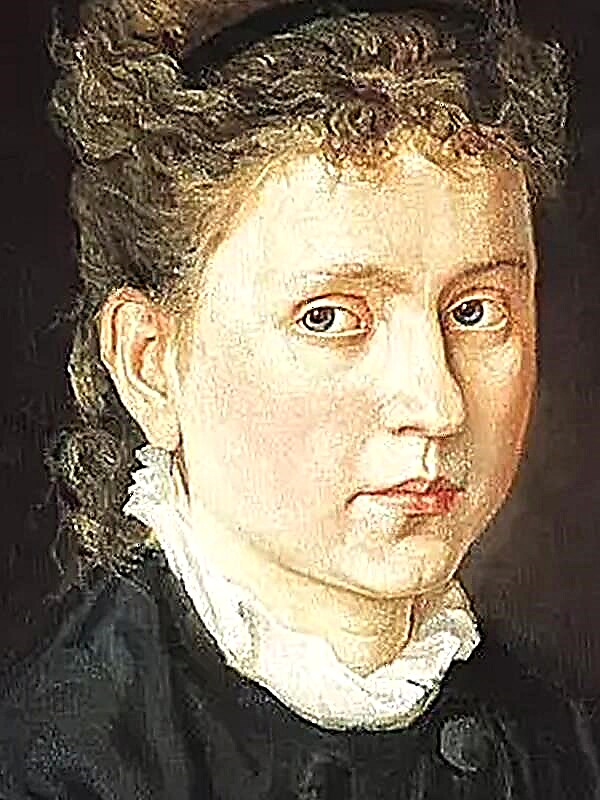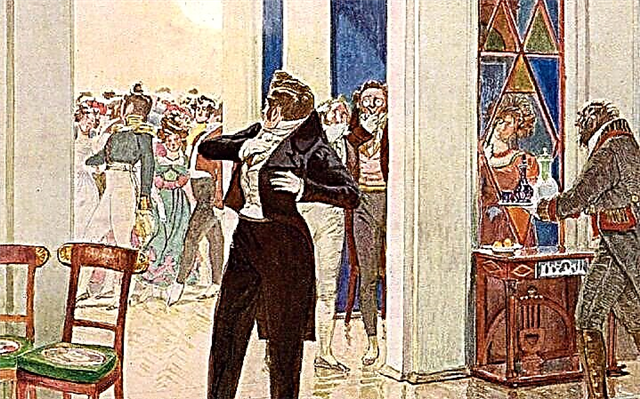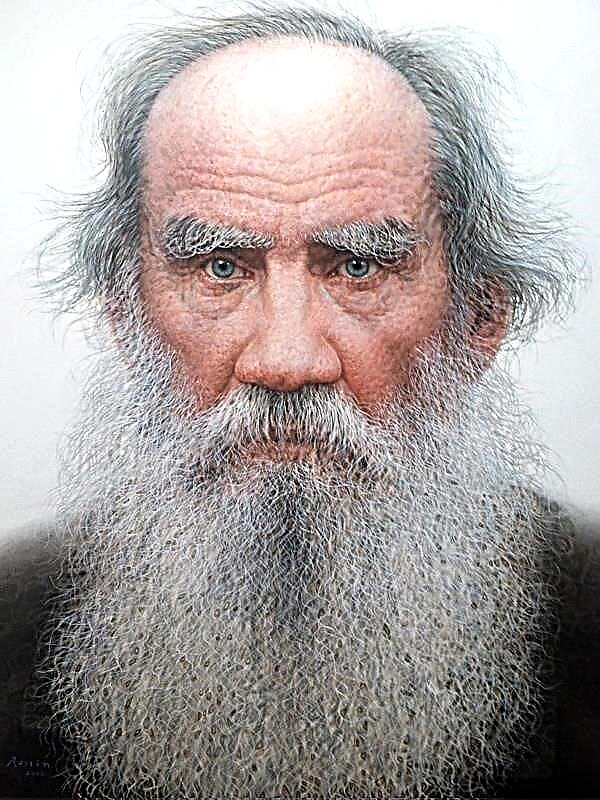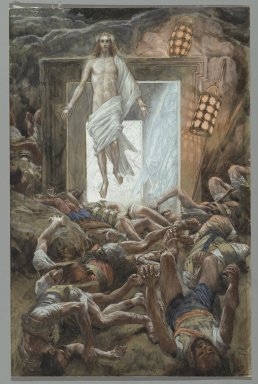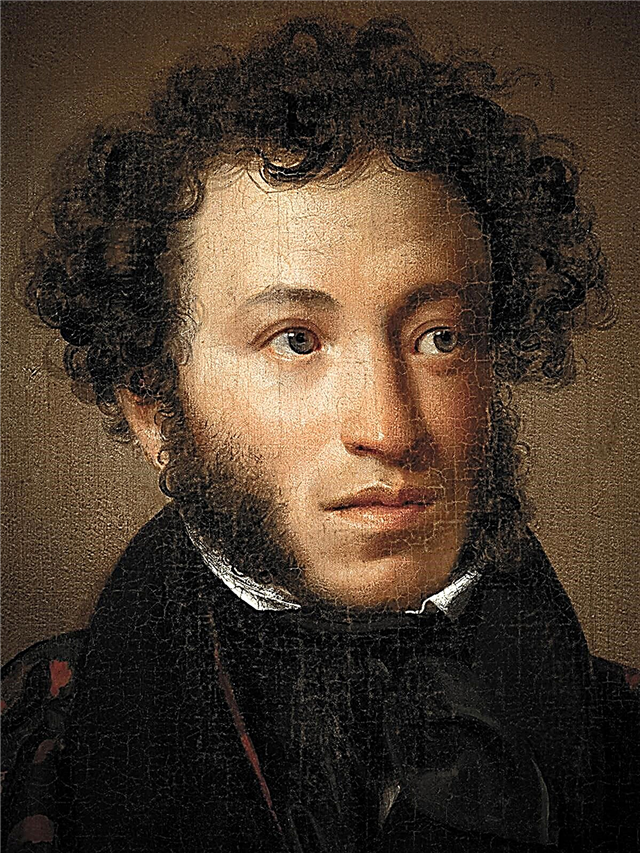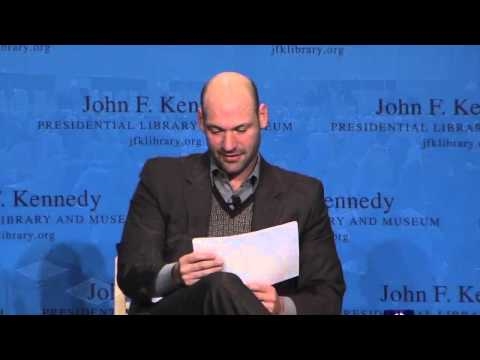Among the many wonderful names of poets I would like to highlight Afanasy Afanasevich Fet. His poems are about ordinary objects and phenomena of nature, brief feelings that a person experiences in certain circumstances. The author’s task was to discover “eternal” feelings in their everyday manifestations. A great example is the work "I came to you with greetings."
History of creation
In 1838, Athanasius Fet entered Moscow University. It was in his student years that his creative activity began. Soon, original poems signed by A.Fet began to appear in magazines. In 1843, the journal "Domestic Notes" publishes the poem "I came to you with greetings ...".
The poetry of the master is characterized by bright coloring, imagery and plastic. The man in his poems is initially directed towards the concept of beauty. But for him it is instant and fleeting. Beauty must be able to catch. Therefore, the poet creates short poems, since lyrical experiences cannot last long. This philosophy formed the basis of the concept of pure art, which the writer adhered to.
Direction, genre, size
Athanasius Fet is in literature a conductor of the poetry of “pure art”. His works are designed to bring peace from the spite of the day.
The genre of the work can be attributed to the "lyrical self-portrait", where the poet publicly proclaimed what he came to tell in Russian poetry.
As for the size, we have before us the rhythm, where stressed and unstressed syllables (four-foot chorea) alternate, a widespread size in Russian versification. But there are also “super-schematic” weakened stresses, which gives the rhythm a special originality. Cross rhyming helps the movement of poetic thought.
Composition
Compositionally, the poem includes four stanzas (quatrains), which are interconnected by the repeating verb “tell”. Using the method of anaphora, the poet creates his “Poetic manifesto,” in which he designates the goals of his work.
- In the first stanza the leading one is the motive of a joyful sunny morning.
- The second stanza is a hymn to nature, which comes to life with the sun.
- The third stanza is about a thirsty happiness for a soul in love.
- Finally, in the fourth stanza, the poet’s joyful song merges with the joy of the world.
Images and Symbols
The poem is written in the first person, which is typical for the master. The soul of Athanasius Fet in a poem is open to the reader. The image of the lyrical hero merges with the image of the author. His lyrical "I" is, as it were, dissolved in a passionate desire to see her beloved again and enjoy the beauties of nature and the world around her.
A. Fet subtly captures details that seem insignificant at first glance, his poem is concise, but differs in deep psychologism. And if you try to reveal the content, it will not work out to the end, since poetry escapes from enthusiastic interpretations.
An important way in the poem is Spring. This is a symbol of everything new, fresh that gives rise to bright and joyful desires.
Themes and Issues
In a small volume of work, the author was able to identify the main topics of his work.
Fet had his own idea of the poet's appointment. He offers his own program of poetic action in lyrics. It is this serious problem, the problem of creativity, that is solved in the poem.
One of the important topics in the work of the poet and in this work is the theme of love. Creating poetry, which should lead into the world of pure beauty, Fet sang love, devoid of conflict. For a poet to love is to laugh with a laugh of majestic joy. The poem tells about love cheerful, pure, triumphant. This is a touching, harmonious union of two hearts. For Fet, a woman is a manifestation of the highest beauty of the world. The peculiarity of understanding the feeling of love for the author lies in the perception of it as a mysterious connection of kindred souls.
The theme of love merges with the theme of nature. And this is no accident, because the master is her inspired singer. Fet portrays landscapes in perfect, refined form, contemplates her aesthetically. In this poem, the song of love merges with the hymn to nature.
The poem can also be attributed to philosophical lyrics, since love for a woman, admiration for nature are those necessary components, without which it is difficult to imagine a person’s happy life.
The meaning of the poem
The central image of the poem is Spring. The idea is to express the essence of each person’s life through this time of year. Human life is fleeting and develops in different ways. But everyone believes that Spring will come in his destiny - a symbol of happiness and renewal of all life on earth. So I want to keep this spring mood, joy, freshness, fragrance longer. Isn't this what the poet should compose verses about?
“Spring Feeling” becomes the core of Fet's creativity. The author contrasts the cold of the existence of real life with high enjoyment of life, where the poet’s soul could freely manifest. This is the main idea of the work.
Means of artistic expression
The peculiar artistic manner of Fet is manifested in the wealth of changing moods, the leading place among which is occupied by joy and fun.
Aiming for unusual poetic speech, the poet saturates it with bright epithets: “hot” light, thirst for “spring." Definitive pronouns play the role of epithets: “the whole” forest, the branch of “each”, “each” bird, which allow us to consider and imagine the forest in all its variety of plants and birds.
The personifications involved in creating the poetic picture: “the sun has risen”, “the forest has woken up”.
The metaphor used in the first stanza of the poem conveys the joyful mood inherent in man on a sunny morning (“it fluttered with sheets of hot light”). And in the third stanza, a special state of happiness of a soul in love is created using the metaphor "the soul is still happy and ready to serve you."
To create a joyful, solemn mood, unobtrusive alliteration is important (repetition of the consonant sound “in”). Thanks to its repetition in different words, a peaceful picture of the beauty of nature and happiness in human relationships is created (“hello”, “rose”, “light”, “branch”, “spring”, “yesterday”, “again”, “it blows with fun” )


